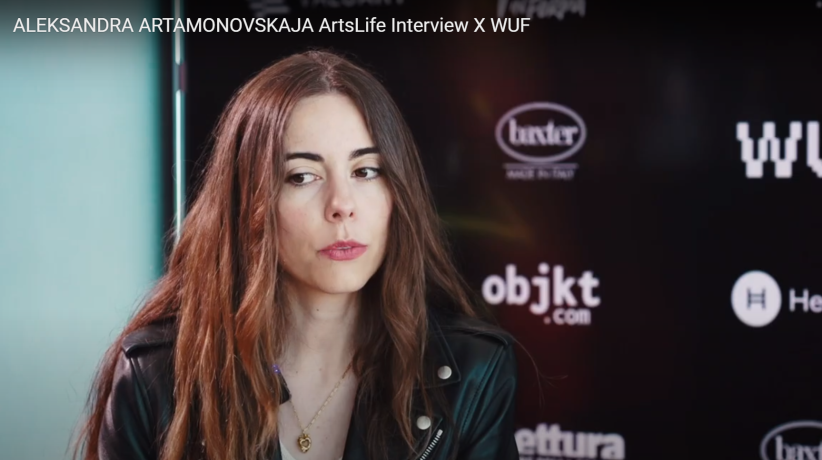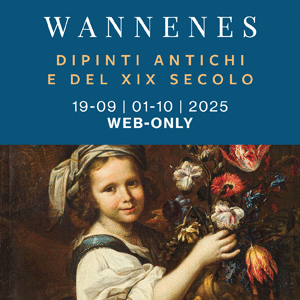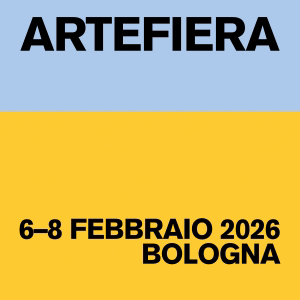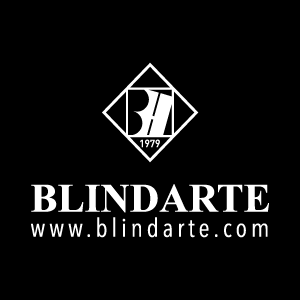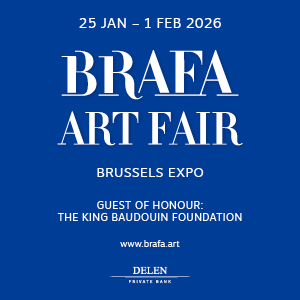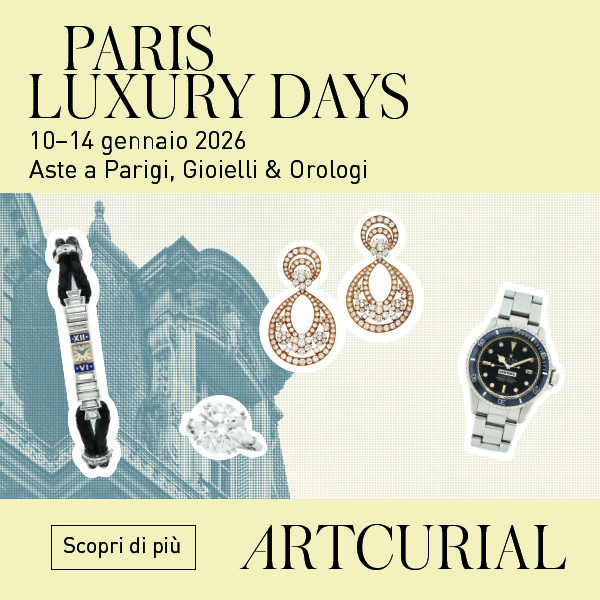Dedicata al mondo dell’arte WUF è pensata come un dispositivo contemporaneo di connessione tra giornalisti e protagonisti dello scenario artistico e ha debuttato con uno speciale appuntamento e due intense giornate di attività martedì 11 e mercoledì 12 giugno 2024. La nuova organizzazione WUF (We Understand the Future) è dedicata a connettere voci creative e valorizzare progetti artistici emergenti attraverso un approccio guidato dall’arte e dalla tecnologia. L’edizione inaugurale prende vita con un evento esclusivo per la stampa realizzato negli spazi dell’iconico Bar Rouge, con la partnership di ArtsLife e de La Lettura de Il Corriere della Sera.
La parola ai protagonisti: ALEKSANDRA ARTAMONOVSKAJA
I think NFTs are probably the most secure way of verifying ownership. So from that standpoint, if I buy something like a painting, how do I know the certificate is not a replica? How do I know it’s real?
Hello everybody, we are here with Aleksandra Arosa, better known as Aleksandra Art. Your surname is really interesting, and you are the head of art at Tril Tech. Can you explain to us what Tril Tech is and what your business does?
Okay, thanks so much for having me. Hello, hello. I was recently appointed as the head of art at Tril Tech. Essentially, I’m overseeing the arts across the Tezos ecosystem. We’re focusing on adoption for blockchain activity.
So, what is Tezos for those who don’t know?
Tezos is a blockchain that has become quite famous for its art. Starting from early 2021, there were a number of marketplaces that allowed room for experimentation and offered ways for different artists to express themselves as they couldn’t before. Some of it includes new technological solutions, like code-based works, platforms for generative art, AI art, and many more. It’s a place where artists experiment and discover the blockchain space.
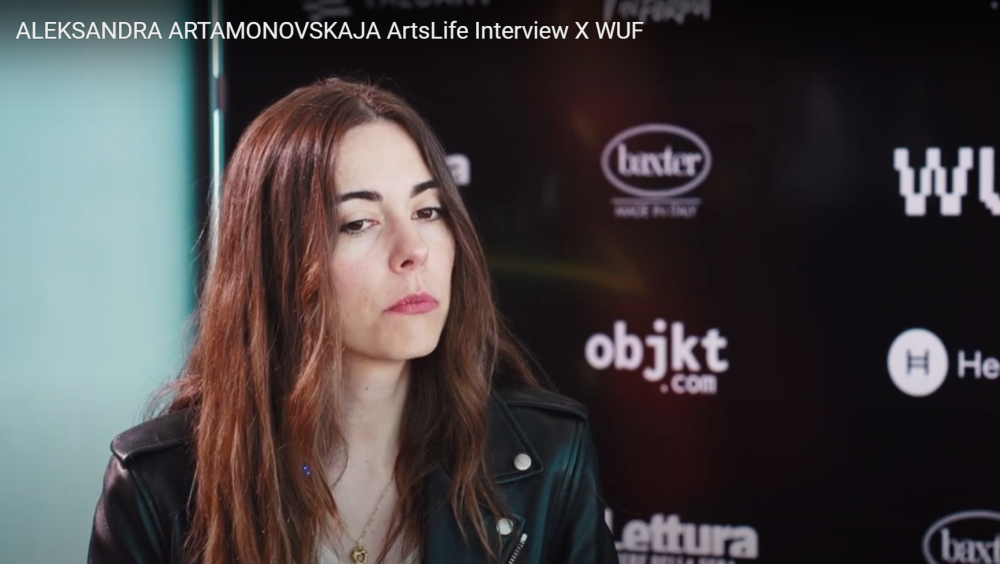
Okay, so there’s a group of artists that work with Tezos?
Tens of thousands of artists.
And you are also partnered with some cultural institutions, right?
Yes, that’s correct. Tezos has seen wide adoption across the museum sector. It’s very important for us to focus on existing community growth, but it’s also important to provide a space for more established artists to communicate with a wider audience and for that audience to learn and demystify this technology. We have partnerships with the Serpentine in London, the Centre Pompidou in France, and more. For instance, Agoria, a famous DJ, released a work where visitors could come and interact with a piece and mint a unique NFT. MoMA used Tezos for a postcard project where users could send cards globally, documented via the blockchain.
And what are your business plans for the next six months to a year, especially regarding blockchain and AI in relation to museums and cultural institutions?
There are so many creative use cases, and I see something new every month. The main thing is that this technology is not static; it’s dynamic and evolving. For example, Tezos is constantly updating. Soon, we will see the release of Etherlink, which will make the chain EVM-compatible, allowing people who used to program on Ethereum to easily build tools on Tezos. This direction aims to create greater compatibility between platforms and a more seamless user experience.
So the goal is to democratize and make art more accessible to a larger audience?
Yes, absolutely. We recently spoke with a leading curator for media arts about how a work of art is great but often only accessible to those who visit the museum. The challenge is how to make it available to a broader audience and possibly let them own a piece of the art, creating a deeper relationship with the artist. Technology allows artists to create works or fragments of original pieces at scale and distribute ownership widely, benefiting cultural proliferation.
How did Tezos become a brand associated with art?
Initially, Tezos was just a technology anyone could use. Unlike other tools, whatever someone creates on the blockchain is theirs – we don’t own or control it. Artists and developers started building tools on Tezos, one of which allowed artists to upload their work and create NFTs. The chain’s efficiency and low transaction fees made it accessible for many artists to experiment. This led to a larger adoption by collectors, galleries, and platforms, which in turn built careers and connections within the ecosystem.
Can you tell us more about the art fair?
The art fair is organized by Art Metam, based in Switzerland, and Tezos Foundation is the main partner. It runs from June 10th to 16th across three events on the same street. The Kino hosts a series of talks and movie screenings. Space 25 showcases the history of AI art, and Space 31 features various galleries displaying digital art registered on the blockchain. Visitors can collect NFTs, physical pieces, and video art, creating a mix of physical and digital experiences.
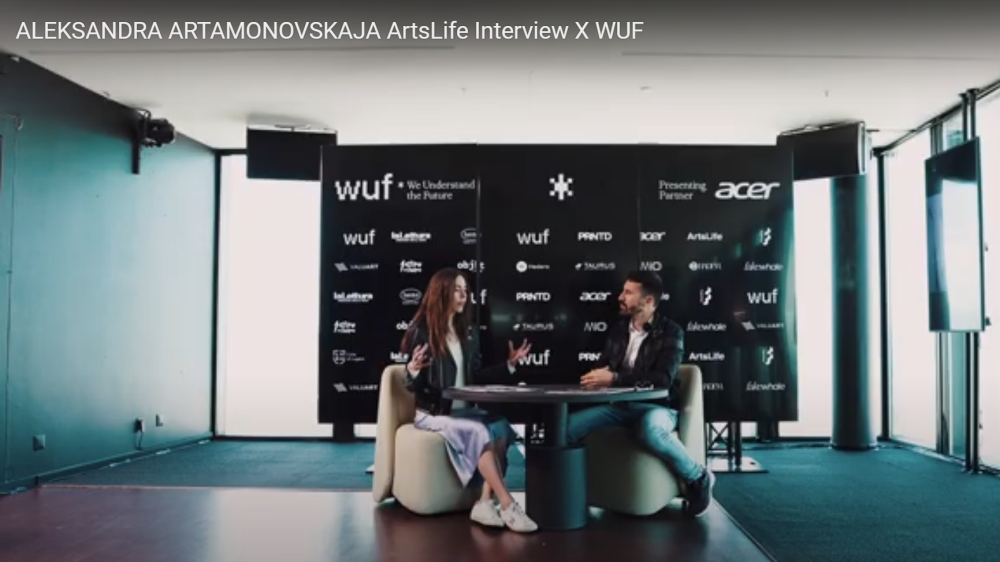
What about the security and guarantee of collecting NFTs? Many people are still scared and unsure about the process.
There are different reasons for this hesitation. First, events like this allow people to talk directly to curators and artists. Second, NFTs are probably the most secure way of verifying ownership because blockchain technology is automatic and immutable. However, there are scams, usually targeting people looking to make quick money. It’s important to use reputable platforms like Objkt and to look at an artist’s history and profile. Collecting should be about art you love at a price you can afford, not speculation.
Thank you for answering our questions. Is there anything else you’d like to add?
If someone doesn’t know where to start, I recommend exploring some of the curated artists here today. Their stories speak for themselves, and many of them never had a platform or were taken seriously until this new technology and community allowed them to grow. I’m excited to see more of that.
Thank you, Aleksandra.
Thank you.




